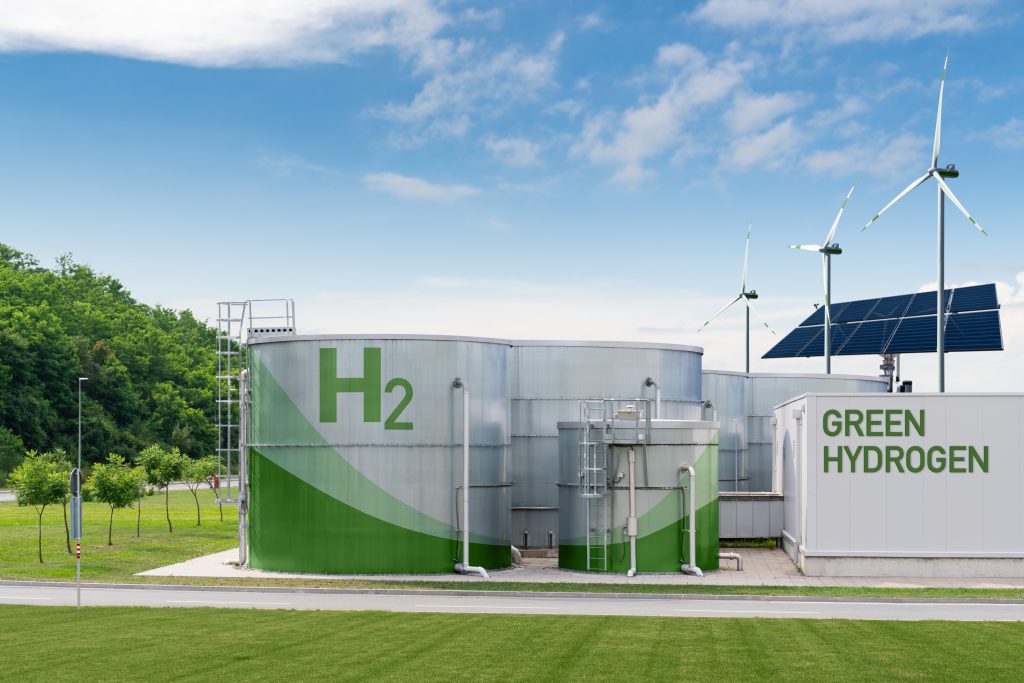An international consortium of researchers has conducted a comprehensive analysis of the burgeoning market and technological landscape for green hydrogen within Saudi Arabia, providing a detailed account of the current investment climate and future prospects.
The study shed light on Saudi Arabia’s transition from preliminary exploration to more expansive projects within the hydrogen sector. Investments in the realm of green hydrogen are estimated to have reached approximately $900 million. Despite this, it is recognized that the oil industry continues to be the cornerstone of the country’s economic framework, contributing significantly to the GDP, government revenue, and exports.
In 2020, the nation announced its National Hydrogen Strategy, underpinning its aspiration to emerge as a dominant force in the hydrogen export market. This ambition is part of the broader Vision 2030, which aims at sourcing half of the country’s electrical power from renewables by the end of the decade.
The research delved into the various forms of hydrogen—green, blue, grey, and turquoise—and highlighted Saudi Arabia’s focus on blue hydrogen produced from natural gas with carbon capture and storage (CCS), along with green hydrogen derived from solar and wind energy. It outlines the nation’s goal to produce 1.2 million tons of green hydrogen annually and to fulfill 10% of the global hydrogen demand by 2030.
Significant among the Kingdom’s ventures is the $5 billion project to construct a green hydrogen-based ammonia production facility in NEOM, backed by the Saudi Public Investment Fund (PIF). This facility is designed to yield 650 tons of green hydrogen daily with a 1.2 GW capacity.
Advantages such as high solar radiation and vast land availability position Saudi Arabia as a contender for achieving among the lowest levelized costs of energy (LCOE) for photovoltaic (PV) generation globally. However, the researchers identified several structural and regional challenges, including high capital and electrolyzer costs, scarcity of water resources, and lack of incentives and demand. Moreover, the dependency on fossil fuels, regulatory and infrastructural gaps, a limited domestic market, and political instability were noted as impediments to the growth of a hydrogen economy.
To overcome these barriers, the team recommended the establishment of a thorough regulatory framework to govern green hydrogen production and distribution, as well as significant investment in related infrastructure. Six pillars were proposed to facilitate the roadmap: stable policy framework, infrastructure development, R&D ecosystem creation, demand building, capacity enhancement, and fostering cooperation across the sector.
If these initiatives are successfully implemented, the researchers foresee Saudi Arabia becoming a hydrogen exporter between 2030 and 2035, with a subsequent period marked by a surge in green energy capabilities. They suggest that the nation should concentrate on augmenting green hydrogen exports, particularly to markets in Asia and Europe, and establish strategic partnerships with countries transitioning to renewable energy, with a high hydrogen demand.
In conclusion, the report positions Saudi Arabia as a potentially influential player in the global green hydrogen sphere, emphasizing the country’s potential to lead in production and contribute to worldwide climate change mitigation efforts as the global community moves towards decarbonization.
